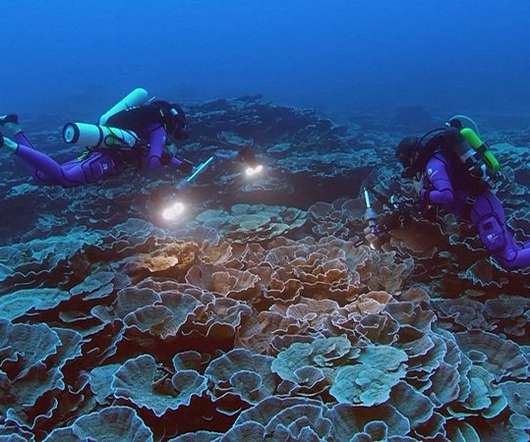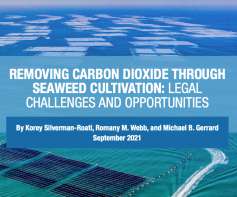Managing river restoration and coastal erosion
Environmental News Bits
JANUARY 30, 2023
Read the full story from the Massachusetts Institute of Technology. A team has developed a more accurate formula to calculate how much sediment a fluid can push across a granular bed, which could help engineers manage river restoration and coastal erosion.














Let's personalize your content